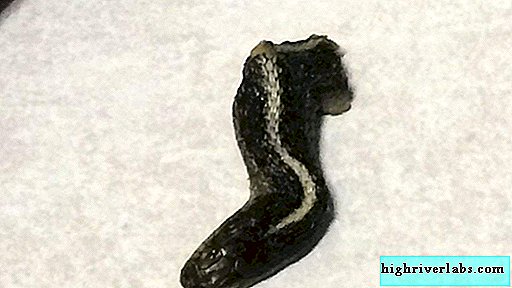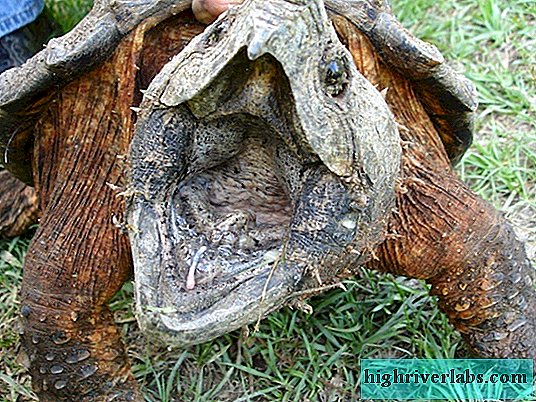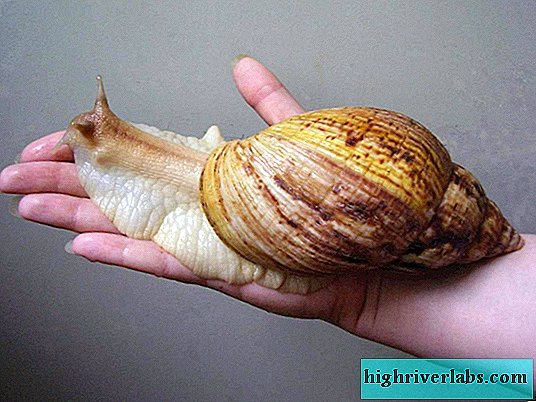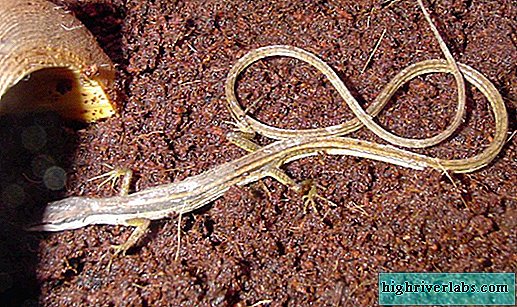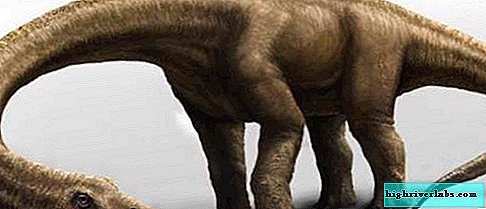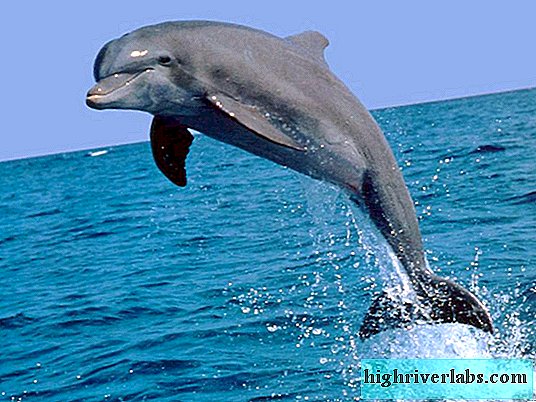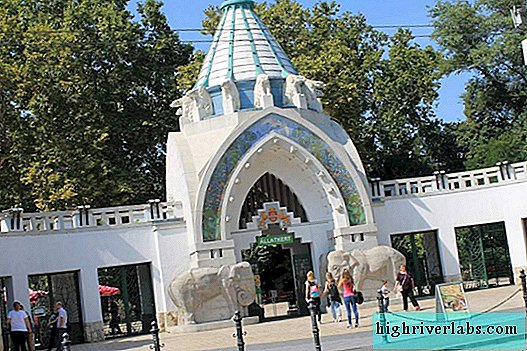At all times, wolves had a nasty reputation. Recall how in numerous tales and children's stories, poems this animal is portrayed as a negative hero, moreover, everywhere he is a pretty scoundrel. And our beloved children's fairy tale about Little Red Riding Hood, on which the evil gray wolf encroached? And the three piglets? And the cartoon, "Well, wait a minute!" - You can list a lot, and in all of them the wolf is a negative character. So why is a gray wolf a bad animal?
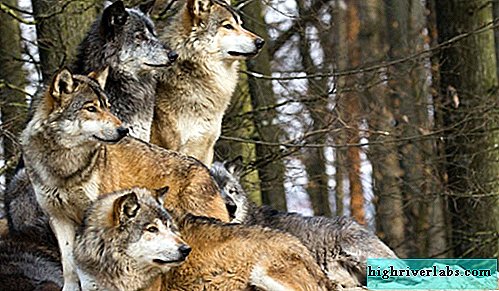
This reasoning is not true, since the wolf only then angry when hungry and hungry. Quite fair reasoning. In order to calm down, the wolf must be satisfied, and in order to be satisfied, he must get his own food.
Each wolf has its own trails for hunting, and they can stretch for hundreds and hundreds of kilometers. In order for an animal to complete a full circle of them, sometimes even one week is not enough. All paths along such a long stretch are “marked”: trees, large stones, stumps, other noticeable objects that the wolves urinate on, as well as dogs that “mark” bushes and lampposts. Whenever a gray wolf runs past one of such labeled pillars, sniffs it and finds out who else from its brethren ran this way.
The main food of gray wolves is meat. To get it, predators often attack lonely moose, deer, buffalo, etc.

To catch at least one large ungulate animal, wolves need to unite and form one inseparable group. Even two-legged and small roe deer take two - three wolves with a salary or surge, but only not alone. One wolf simply cannot catch this fast animal. Well, except that if the snow is very deep, and the roe deer itself will be unhealthy, and then, it is not a fact that, sensing fear, it will not run fast. To grab the animal, the wolf needs to sneak up to him as close as possible.
Very often wolves haunt their prey all day. They can, tirelessly, run after their future victim, kilometer by kilometer, trying to, in the end, drive their prey.
During the attack, they are excellently grouped, several of them attack from the front, while others come from the rear. When they finally manage to knock down the victim, the entire wolf pack immediately throws themselves at it and begins to tug and torment until it dies from their sharp fangs and teeth.

Wolf moose hunting
Quite often, when hunting moose, two completely different wolf families come together. This is mainly not related to mining. After all, a wolf family, which is very closely connected with another wolf family by family ties, prefers to live separately from them. And relations with neighbors cannot be called friendly. Unification of wolves makes only need. And even then, two families, united together, rarely can overwhelm an elk. For many years, American scientists from an airplane almost every day observed how wolves and moose lived in one large territory - on one of the islands of the famous Great Lakes. For wolves in winter, the only food is moose. So, on average, out of twenty wolf hunts for these large animals, only one is successful.
The wolves, chasing the moose, first try it on the fortress, and only when they are convinced that he is strong, healthy and does not intend to give his life without a persistent struggle, leave him to live and begin to look for another victim, but already weaker. Any moose, desperately defending itself from the enemy, is able to strike with such force with its hooves that it can even kill a wolf. Therefore, gray predators selectively seek a prey, so that she is also sick, weakened from parasites, hunger, disease, or very old.

